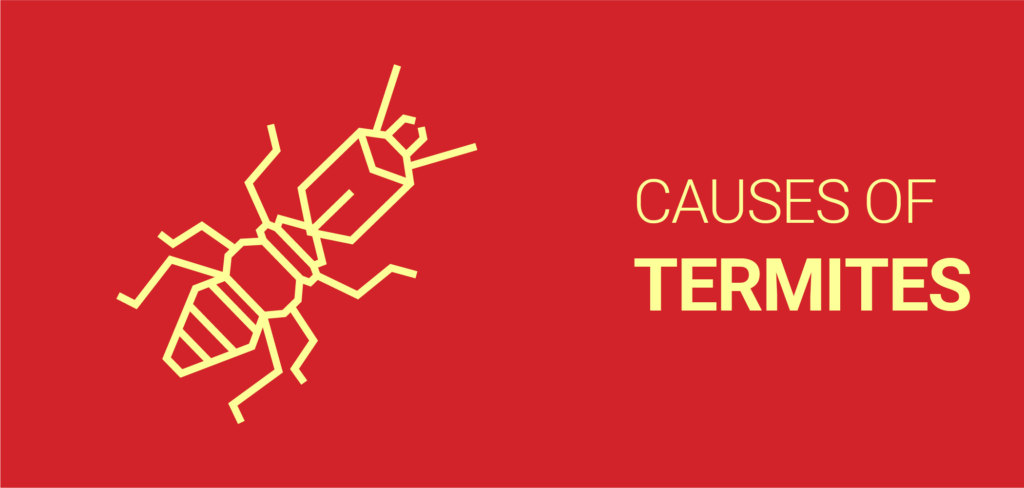As a homeowner, your property is one of your biggest investments. However, a termite invasion can quickly and quietly destroy your home’s value. Preventing termite damage begins with understanding termites, what they eat and key signs of an infestation. Here are some things you could be doing that are attracting termites.













